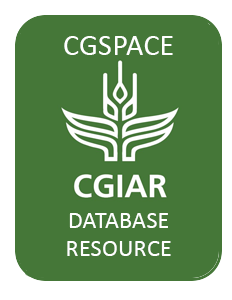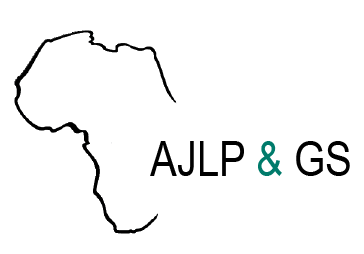This Theory of Change Narrative is for one such Learning Lab (LL) set up by the International Rice Research Institute (IRRI) in collaboration with one of the institutions within the Indian Council of Agricultural Research (ICAR), namely ICAR - Indian Veterinary Research Institute (ICAR-IVRI).…
In the UN many countries committed themselves to reduce FLW towards 20301. So-called national pathways are developed, written by governments, elaborating on how this will be established. In order to support and validate these efforts, FLW monitoring2 is required on national level. This is a…
Picture-Based Insurance is a new, innovative way of delivering affordable, comprehensive, and easy-to-understand crop insurance. By relying on visible crop characteristics derived from farmers’ own smartphone pictures, it aims to minimize the costs of loss verification and detect damage at the…
This report describes the process carried out for the development of a component in the e-Agrology mobile application, which allows the farmer to accept informed consent, thus authorizing the sharing of data on their agricultural production.
This study examines the dynamics of Urban Land Use Succession ULUS in Upper Hill Nairobi highlighting the impact of neoliberal policies and private sectorled urban redevelopment It investigates how land tenure public infrastructure and planning controls shape urban landscapes leading to…
Umoja (noun):/ooh-moh-jah/Umoja, is the Swahili philosophy of unity. Its principles underscore the significance of cooperation and communal solidarity. Umoja has historically been associated with various aspects of African social and political life, accentuating the influence of communal synergy…
Context and backgroundMultidimensional Poverty (MP) considers poverty in multiple dimensions of deprivations such as health, education, energy, the standard of living and access to basic services. MP remains a major challenge in Africa, with a large proportion of the population living in MP.…
Context and planMauritania has immense land reserves. Its national land bank is estimated at 502,000 ha, more than enough to promote agribusiness and achieve food self-sufficiency. However, the rural sector only contributes 17% of GDP and employs 21% of the working population. Since the 1970s,…



